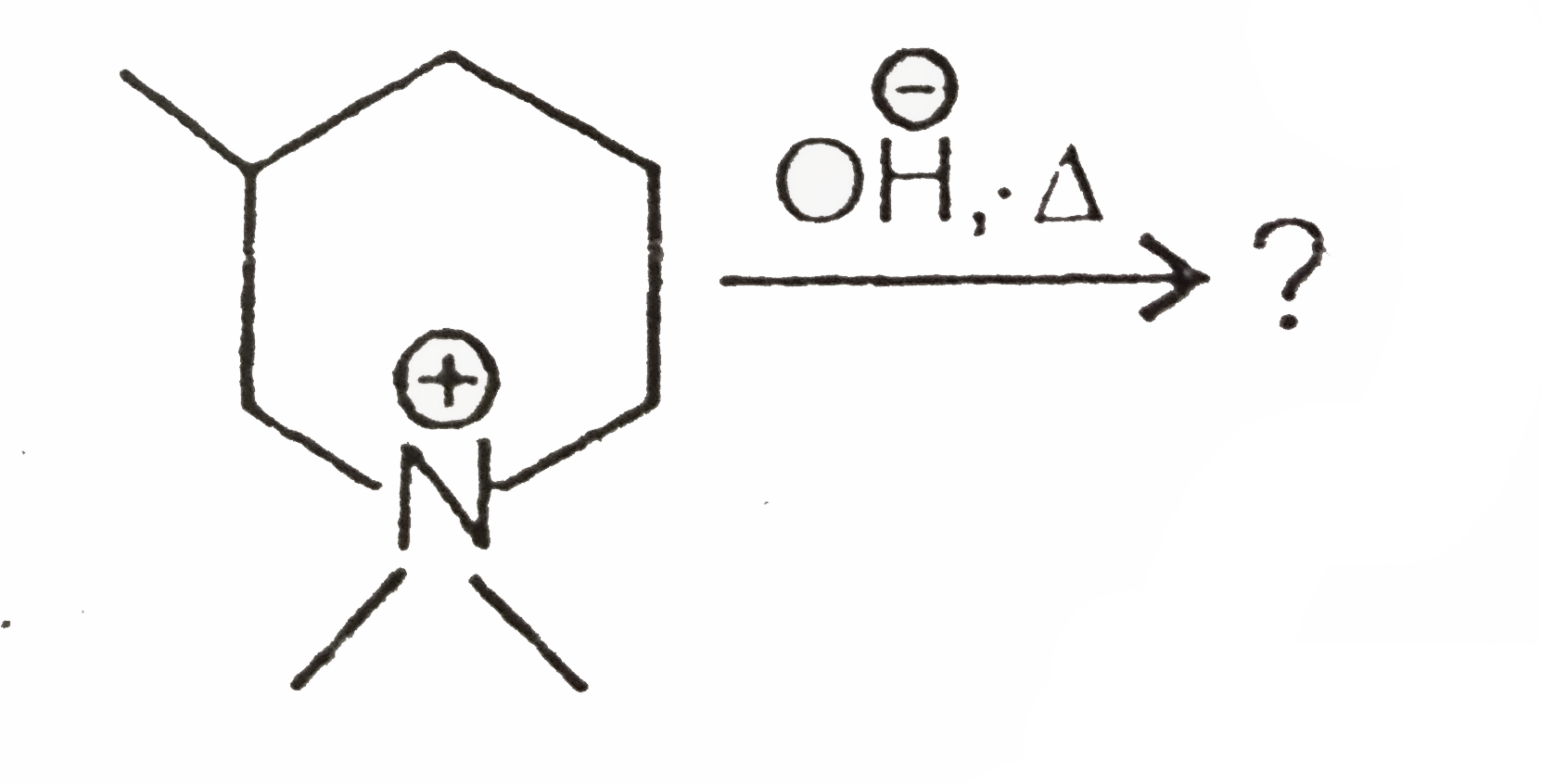What is diazotisation
Step-by-Step Solution:
Step 1: Definition of Diazotization
Diazotization is a chemical reaction that involves the conversion of a primary amine into a diazonium salt. This process is typically carried out using sodium nitrite (NaNO2) in the presence of hydrochloric acid (HCl) at low temperatures (0 to 5 degrees Celsius).
Step 2: Starting Material
The reaction usually starts with a primary amine, such as aniline (C6H5NH2). Aniline is a common example of a primary amine used in diazotization.
Step 3: Reaction Conditions
To perform diazotization, aniline is reacted with sodium nitrite (NaNO2) and hydrochloric acid (HCl) at a temperature range of 0 to 5 degrees Celsius. This low temperature is crucial to stabilize the diazonium salt formed during the reaction.
Step 4: Formation of Nitrous Acid
When sodium nitrite reacts with hydrochloric acid, it generates nitrous acid (HNO2) and sodium chloride (NaCl). The reaction can be represented as:
NaNO2+HCl→HNO2+NaCl
Step 5: Electrophilic Attack
The nitrous acid (HNO2) acts as an electrophile. The nitrogen in HNO2 has a positive charge, making it reactive. The lone pair of electrons on the nitrogen atom of the primary amine (aniline) attacks this electrophile, resulting in the formation of a positively charged intermediate.
Step 6: Formation of Diazotized Product
The positively charged intermediate is unstable and loses a proton (H+), leading to the formation of the diazonium salt. For aniline, this product is benzene diazonium chloride (C6H5N2Cl).
Step 7: Final Product
The final product of the diazotization reaction is benzene diazonium chloride, which can be represented as:
C6H5N+2Cl−
Summary
In summary, diazotization is the process of converting a primary amine into a diazonium salt using sodium nitrite and hydrochloric acid under controlled low-temperature conditions.
---
Diazotization is a chemical reaction that involves the conversion of a primary amine into a diazonium salt. This process is typically carried out using sodium nitrite (NaNO2) in the presence of hydrochloric acid (HCl) at low temperatures (0 to 5 degrees Celsius).
The reaction usually starts with a primary amine, such as aniline (C6H5NH2). Aniline is a common example of a primary amine used in diazotization.
To perform diazotization, aniline is reacted with sodium nitrite (NaNO2) and hydrochloric acid (HCl) at a temperature range of 0 to 5 degrees Celsius. This low temperature is crucial to stabilize the diazonium salt formed during the reaction.
When sodium nitrite reacts with hydrochloric acid, it generates nitrous acid (HNO2) and sodium chloride (NaCl). The reaction can be represented as:
NaNO2+HCl→HNO2+NaCl
The nitrous acid (HNO2) acts as an electrophile. The nitrogen in HNO2 has a positive charge, making it reactive. The lone pair of electrons on the nitrogen atom of the primary amine (aniline) attacks this electrophile, resulting in the formation of a positively charged intermediate.
The positively charged intermediate is unstable and loses a proton (H+), leading to the formation of the diazonium salt. For aniline, this product is benzene diazonium chloride (C6H5N2Cl).
The final product of the diazotization reaction is benzene diazonium chloride, which can be represented as:
C6H5N+2Cl−
In summary, diazotization is the process of converting a primary amine into a diazonium salt using sodium nitrite and hydrochloric acid under controlled low-temperature conditions.
Topper's Solved these Questions
- BOOK - NARAYNACHAPTER - ORGANIC COMPOUNDS CONTAINING NITROGENEXERCISE - EVALUATE YOURSELF-14videos
ORGANIC COMPOUNDS CONTAINING NITROGEN
- BOOK - NARAYNACHAPTER - ORGANIC COMPOUNDS CONTAINING NITROGENEXERCISE - EVALUATE YOURSELF-25videos
ORGANIC COMPOUNDS CONTAINING NITROGEN
- BOOK - NARAYNACHAPTER - NUCLEAR CHEMISTRYEXERCISE - INTEGER28videos
NUCLEAR CHEMISTRY
- BOOK - NARAYNACHAPTER - PERIODIC TABLE EXERCISE - All Questions573videos
PERIODIC TABLE
Similar Questions
Amines are basic in nature and show many types of reactions such as substitution, Hoffmann elimination, carbylamine, acylation, diazotisation etc.

X is same asView SolutionAmines are basic in nature and show many types of reactions such as substitution, Hoffmann elimination, carbylamine, acylation, diazotisation etc.
What is the major alkene formed in the following Hoffmann elimination?
 View Solution
View Solution
Knowledge Check
- Question 1 - Select One
Amines are basic in nature and show many types of reactions such as substitution, Hoffmann elimination, carbylamine, acylation, diazotisation etc.
Certain nitrogeneous compound with molecular mass 180 shows an increase in its molecular mass to 348 after treatment with acetyl chloride. The number of possible -NH2 groups in the molecule is...................A5B4C3D6 - Question 2 - Select One
Completion of diazotisation can be checked with
Astarch paperBstarch -KI paperClitmus paperDK2Cr2O7 paper.
Write a short note on diazotisation .
View SolutionWrite down diazotisation reaction.
View SolutionWhy is it necessary to add gypsum in the final stages of the preparation of cement ?
View Solution(a) What happens when aniline reacts with bromine water at room temperature?
(b) Give a chemical test for primary amines.
(c) Write the diazotisation reaction of aniline.View SolutionCompounds containing Nitrogen, Aromatic Amines, Inroduction, Properties OF Aniline, Examples, Coupling Reaction, Diazotisation, Examples
View SolutionPhenol-Introduction and Methods OF Preparation|| Dow's Process, Sodalime Decarboxylation, Diazotisation, Fenton's Reagent, Fries & Claisen Rearrangement|| Properties OF Phenol, EAS, Reimer Tiemann & Kolbe's Reactions|| Friedel Craft Alkylation and Acylation
View Solution

